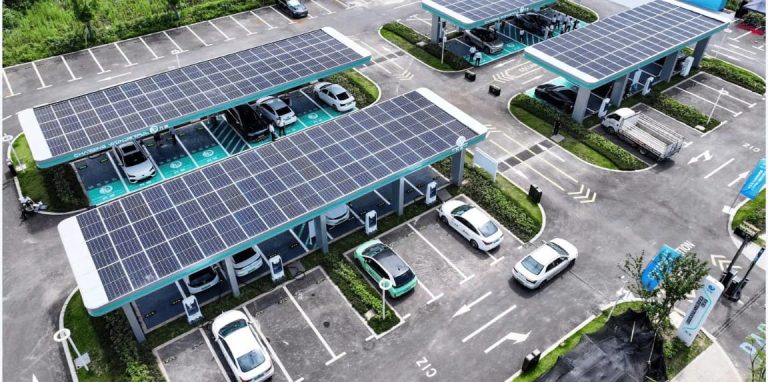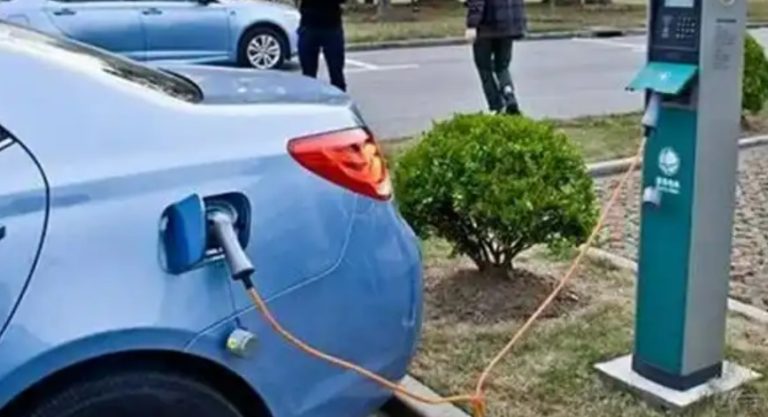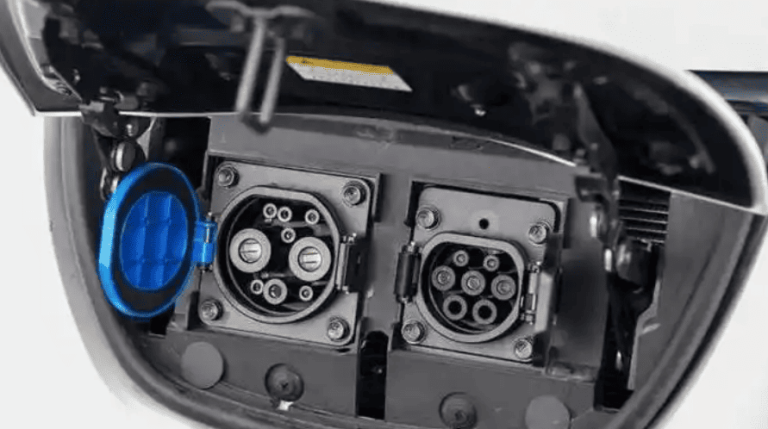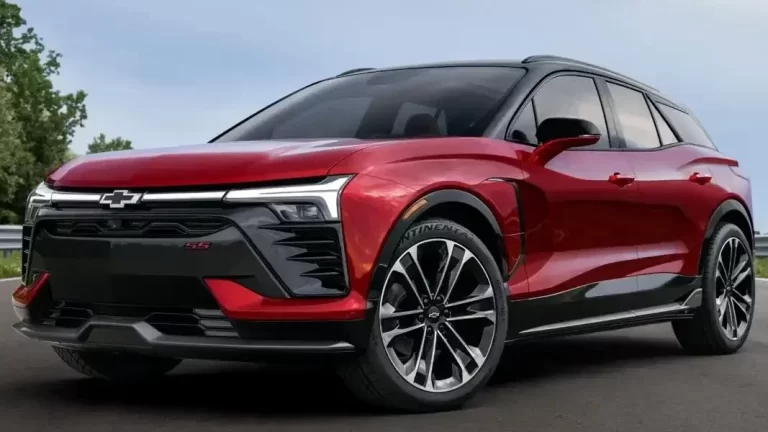What is the target charging limit for evs?
What is the target charging limit for evs?
The target charging limit for electric vehicles (EVs) is generally set between 80% and 95%, depending on the battery type and usage scenario. This recommended range aims to maximize battery health, safety, and longevity while still meeting the driver’s daily needs. Understanding why this limit exists and how it applies in different situations can help EV owners make better charging decisions.

Lithium-ion batteries, which are frequently found in contemporary EVs, should be charged to between 80% and 85% for daily use. Maintaining the state of charge within this range minimizes heat generation during charging, slows down chemical degradation, and considerably lessens stress on the battery. Mid-level charges are the most stable for lithium-ion batteries. Regularly draining the battery to 0% or charging it to 100% can shorten its useful life, increase wear, and lower its total capacity. Additionally, after the battery reaches roughly 80%, the charging speed typically decreases noticeably when using DC fast chargers. Often referred to as the “taper,” this deliberate decrease in charging power aids in temperature regulation and guards against damage from excessively high charging rates.
There are, however, situations where charging beyond 80% is beneficial. For example, when planning a long trip, it makes sense to charge up to 90% or even 95% to maximize driving range and reduce the need for mid-journey charging stops. Another exception occurs after purchasing a new EV or after a battery management system (BMS) software update. In these cases, a full charge to 100% is occasionally advised to help the system accurately calibrate its reading of the battery’s state of charge. That said, even after a full charge, returning to a daily routine of charging only to 80% is better for long-term battery health.
Additionally, it’s critical to refrain from routinely draining the battery to its lowest level. It can be as dangerous to let the battery level fall too low too frequently as it is to continuously overcharge it. Many manufacturers advise carrying out a full charge cycle—charging from a low level (e.g., 10-20%) up to 100%—approximately once a month in order to maintain accuracy in battery percentage estimation. This maintains the calibration of the battery management system. Severe weather adds an extra degree of caution. Battery cells can be harmed by charging at extremely high or low temperatures. Even though the majority of contemporary EVs have thermal management systems that control the charging process, it is still advisable to avoid charging during periods of extremely high or low temperatures.
These charging limits are influenced by a number of technical factors. The charging rate, which is frequently stated in C-rate, is one important idea. The battery can be fully charged in an hour if the rate is 1C. Some cutting-edge batteries, such as those found in electric race cars, can charge at incredibly high temperatures (up to 15C), providing a full charge in a matter of minutes. Businesses such as BYD and CATL are creating consumer-grade batteries with peak charging temperatures between 10°C and 12°C. The most recent super-fast charging battery from CATL, for example, has a maximum power capacity of more than 1.3 megawatts. But usually, these extremely high rates can only be maintained during a certain charging window, like between 10% and 70% state of charge. To prevent harming the battery, the charging power must drop after this.
Charging behavior is also influenced by battery capacity. Even with high-power charging, a larger battery takes longer to fully charge. For instance, when charging from 10% to 80% with an ultra-fast charger, the ZEEKR 009 luxury MPV can increase its range by more than 500 km in just 11.5 minutes. The ZEEKR X SUV is another model that can go from 10% to 80% in roughly nine minutes. Even though these speeds are remarkable, it still takes a lot longer to reach 100% because charging speed must be lowered close to full capacity.Battery capacity also plays a role in charging behavior. A larger battery takes longer to charge fully, even with high-power charging. For example, the ZEEKR 009 luxury MPV can add over 500 km of range in just 11.5 minutes when charging from 10% to 80% using an ultra-fast charger. Another model, the ZEEKR X SUV, can go from 10% to 80% in about 9 minutes. While these speeds are impressive, reaching 100% still takes considerably longer due to the necessary reduction in charging speed near full capacity.
To extend battery life, automakers implement smart charging strategies. Most EVs automatically reduce charging power as the battery fills up. This is why the last 20% of charging takes much longer than the first 80%. Consistently charging to 100% can speed up chemical aging in the cells, which is why many manufacturers suggest a daily charging limit of 80–90%. There is also a difference between battery chemistries. For example, lithium iron phosphate (LFP) batteries are more chemically stable and can be regularly charged to 100% without significant degradation. On the other hand, lithium nickel manganese cobalt (NMC) batteries, which are common in many EVs, benefit from being charged only to 80–90% for daily use.
The maximum charging speed is limited in the real world by a number of pragmatic considerations. These consist of the vehicle’s thermal management system, the charging station’s power output, and the local electrical grid’s capacity. It is costly to build ultra-fast charging infrastructure. A 5C ultra-fast charging station, for instance, can cost two to three times as much as a typical fast charger. A 10C station could cost five to six times as much to build as a traditional charging location because it requires even greater investments in energy storage, high-capacity power electronics, and sophisticated liquid cooling systems.Moreover, even if a high-power charger is available, the vehicle’s battery must be designed to accept that power. If the battery cannot handle high charging rates, the speed will be limited by the vehicle itself, not the charger.
In conclusion, 80–95% is usually the recommended charging limit for EVs, striking a balance between battery longevity and usefulness. Higher levels are helpful for lengthy trips or sporadic calibration, but daily charging to 80–85% is best for battery preservation. Despite the rapid advancements in battery and charging technology, such as quicker charging times and more robust batteries, users should still adhere to recommendations specific to their vehicle and battery type. Smart charging practices are still the best way to preserve an EV’s battery for the time being, but as technology advances, we might see quicker, more convenient charging experiences that get close to being as easy as filling up a regular car.






































































































































